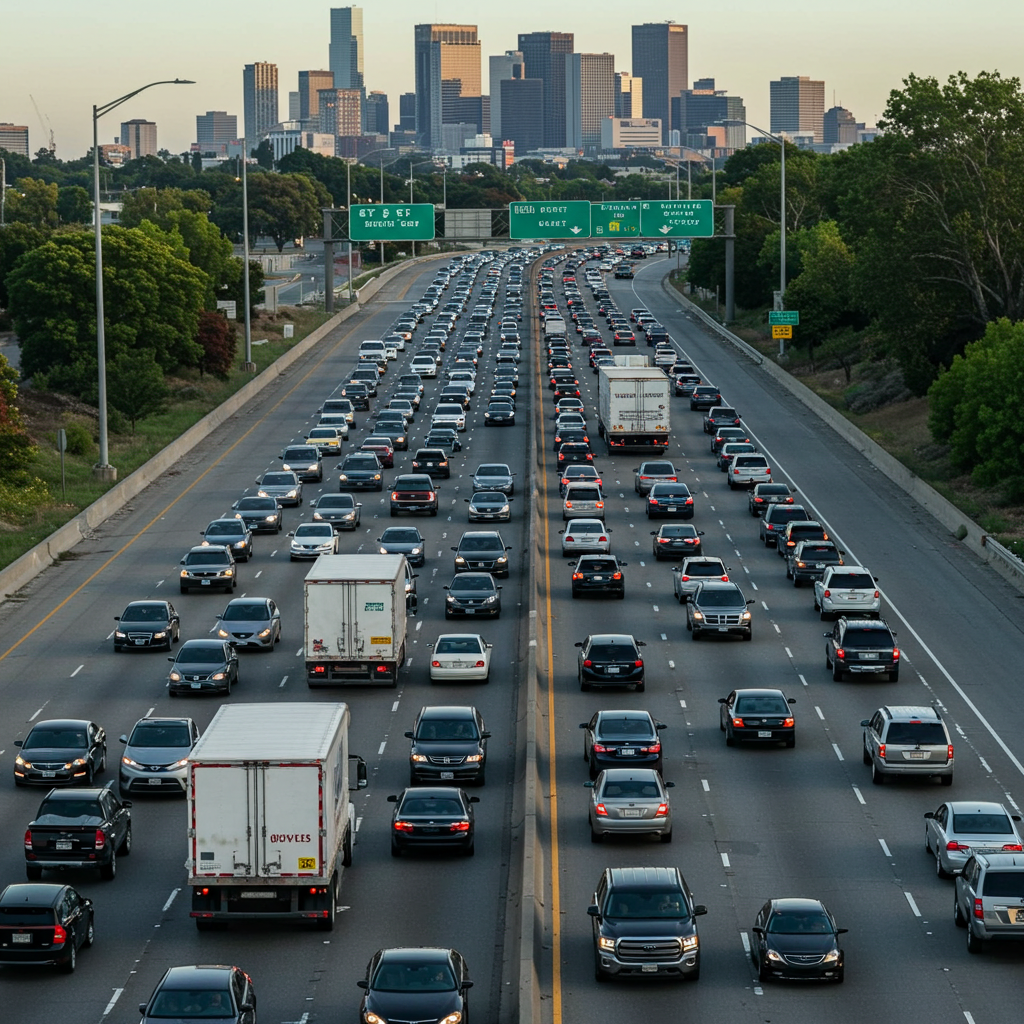
The Bike Lane Conspiracy: How Cyclists Are Stealing Your Traffic Jam
In a disturbing trend that threatens the very foundation of our highway culture, cities across Minnesota are increasingly allocating precious road space to so-called "bike lanes." These unnecessary strips of asphalt—which could otherwise accommodate at least one more lane of bumper-to-bumper traffic—represent perhaps the greatest threat to Highway 94 congestion since the Northstar Rail.
The Alarming Spread of Bike Infrastructure
Our investigative team has uncovered shocking statistics: over the past five years, the Twin Cities metro area has added more than 75 miles of dedicated bike lanes. That's 75 miles that could have been used for proper car traffic or, at the very least, for parking spaces that would force drivers to circle blocks endlessly looking for spots—a time-honored tradition that contributes significantly to urban congestion.
Even more concerning, these bike lanes are actually being used. Our surveillance operations have documented hundreds of people commuting by bicycle, each representing a car removed from our highways. One bicycle commuter, who declined to be named in this article (likely out of shame), admitted to us: "I used to spend 45 minutes in traffic each way. Now my bike commute takes 20 minutes, and I've never been healthier."
The implications of this statement are chilling. Not only is this person depriving Highway 94 of their vehicle's contribution to congestion, but they're also experiencing improved health—potentially reducing future medical visits and the traffic those would generate.
The Economic Devastation
The economic impact of bike lanes extends far beyond the obvious reduction in highway traffic. Consider these disturbing consequences:
- Bicycle commuters report spending up to 90% less on gasoline, depriving local gas stations of revenue
- Bicycle maintenance costs a fraction of car maintenance, threatening the livelihood of auto repair shops
- Cyclists rarely stop at drive-through restaurants, reducing critical morning and evening fast food congestion
- Parking revenue decreases as more commuters choose bikes, which can be stored in spaces as small as 6 square feet
- Reduced demand for traffic reports on local radio stations, forcing them to fill airtime with actual content
One local gas station owner, fighting back tears, told us: "Before they installed that bike lane, I had a steady stream of cars idling in front of my station during rush hour. The exhaust fumes alone would drive additional customers inside for breath mints and energy drinks. Now people just pedal past without stopping. How am I supposed to sell them 64-ounce sodas when they're on bicycles?"
The Weather Myth
Defenders of Minnesota's car culture have long relied on our harsh winters as a natural deterrent to bicycle commuting. "Nobody will bike in January," they confidently predicted. Yet our investigation has revealed the disturbing reality: the development of appropriate winter clothing, studded bicycle tires, and basic snow removal practices has enabled year-round cycling.
Even more alarmingly, we've documented numerous cyclists who appear to be enjoying their winter commutes, smiling as they pass long lines of cars stuck in snow-enhanced traffic jams. This psychological resilience represents a serious threat to our congestion-dependent culture.
One winter cyclist told us, "I actually look forward to snowy days. The bike paths are peaceful, and I arrive at work energized instead of stressed." This unnatural preference for efficient, enjoyable commuting must be addressed before it spreads further.
The Hidden Agenda
Behind the innocent-seeming bike lanes lies a more sinister agenda: creating communities where people can access work, shopping, and entertainment without depending on cars. Some urban planners—who requested anonymity to avoid professional consequences—admitted to us that bike lanes are just one component of a comprehensive strategy to reduce traffic congestion permanently.
"It's not just the bike lanes," one planner confessed. "We're also encouraging mixed-use development, improving public transit connections, and designing walkable neighborhoods. In some European cities, this approach has reduced car traffic by up to 30%."
The implications are clear: if left unchecked, this coordinated assault on traffic congestion could result in cities where people can move efficiently from place to place without experiencing the character-building frustration of traffic jams.
Our Call to Action
In the face of this growing threat, we call on all supporters of Highway 94 congestion to take immediate action:
- Attend city council meetings to oppose any new bike infrastructure
- Advocate for converting existing bike lanes into "congestion enhancement zones"
- Park in bike lanes whenever possible to demonstrate their proper use
- Encourage local businesses to remove bike racks and replace them with single-car parking spaces
- When driving past cyclists, roll down your window and remind them how much Highway 94 misses their car
Conclusion: Reclaiming Our Roads
The battle against bike lanes is ultimately a battle for Minnesota's identity. Do we want to be known as a state with efficient, healthy transportation options and reduced traffic congestion? Or do we want to preserve our heritage of bumper-to-bumper traffic, where the shared experience of sitting in our cars unites us as a community?
The choice is clear. By working together to eliminate bike lanes and discourage cycling, we can ensure that future generations will enjoy the same traffic jams that have defined our commuting experience for decades. The time to act is now, before more Minnesotans discover the freedom and efficiency of bicycle transportation.
Remember our motto: More vehicles on the roads at all costs—and keep those vehicles large, numerous, and stuck in traffic where they belong!